
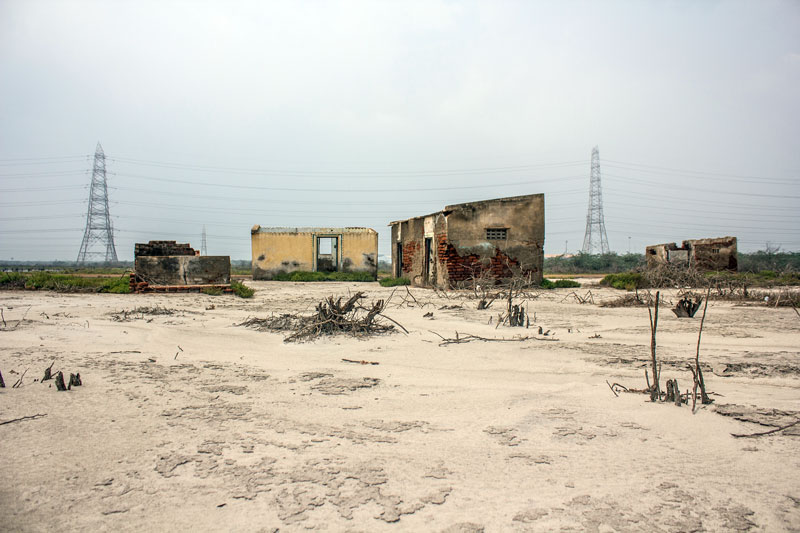
Photograph © M. Palani Kumar
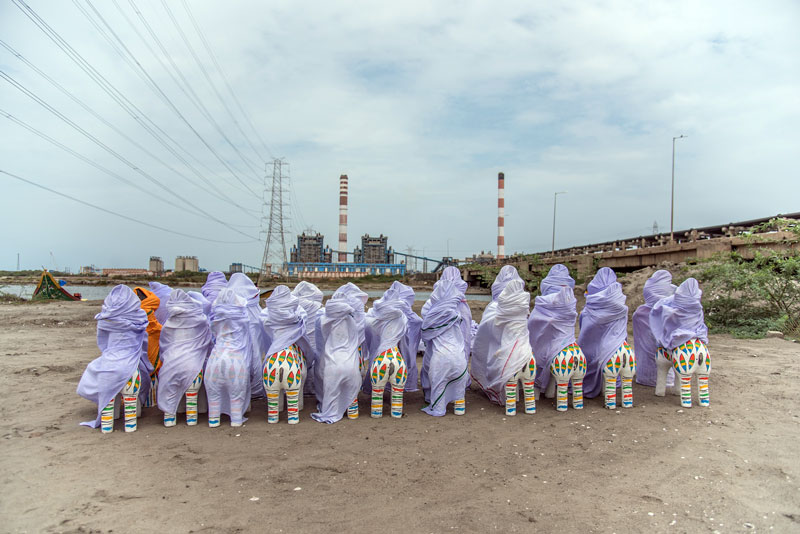
Photograph © M. Palani Kumar
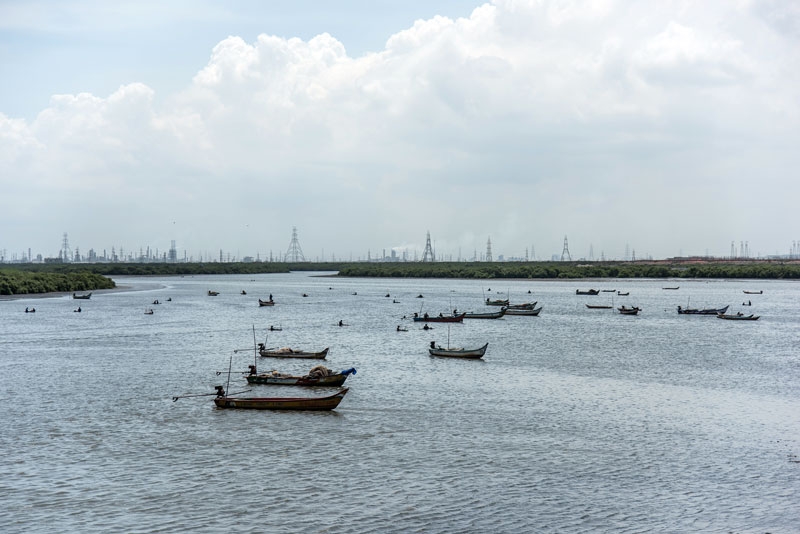
Photograph © M. Palani Kumar
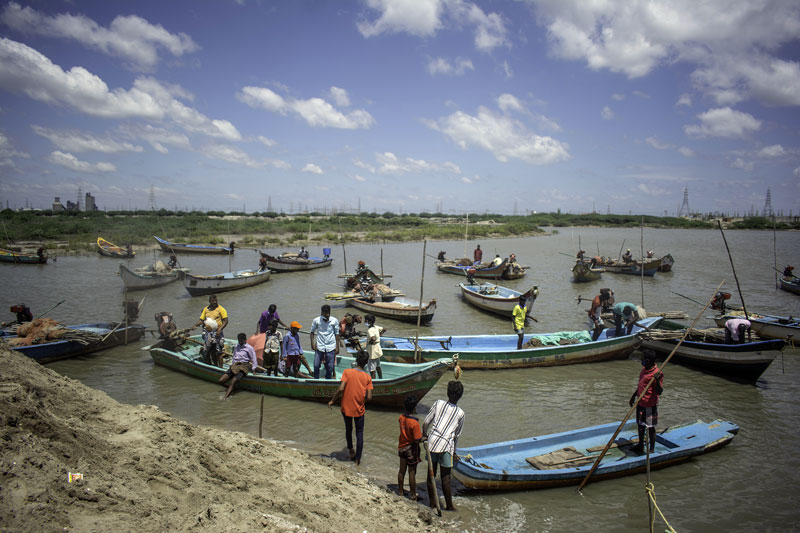
Photograph © M. Palani Kumar
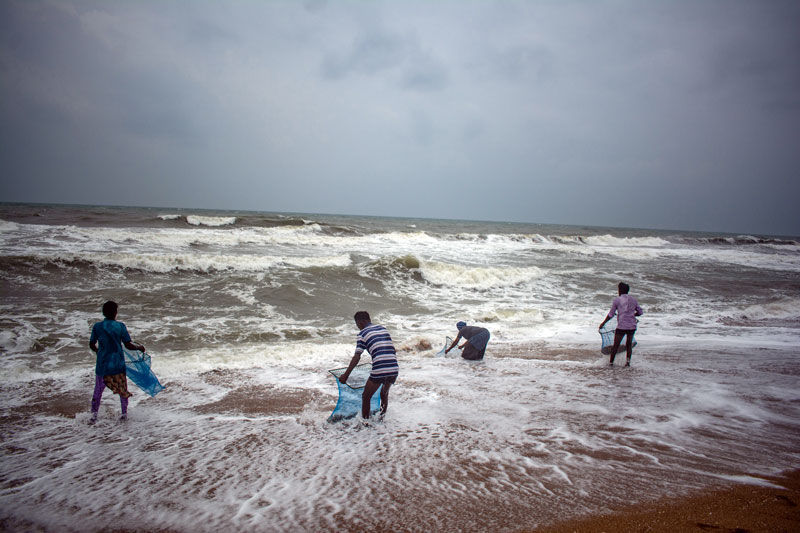
Photograph © M. Palani Kumar
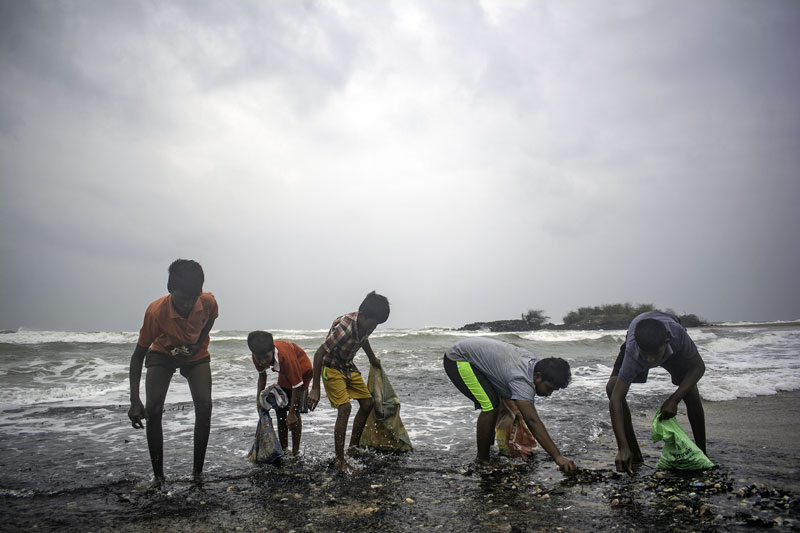
Photograph © M. Palani Kumar
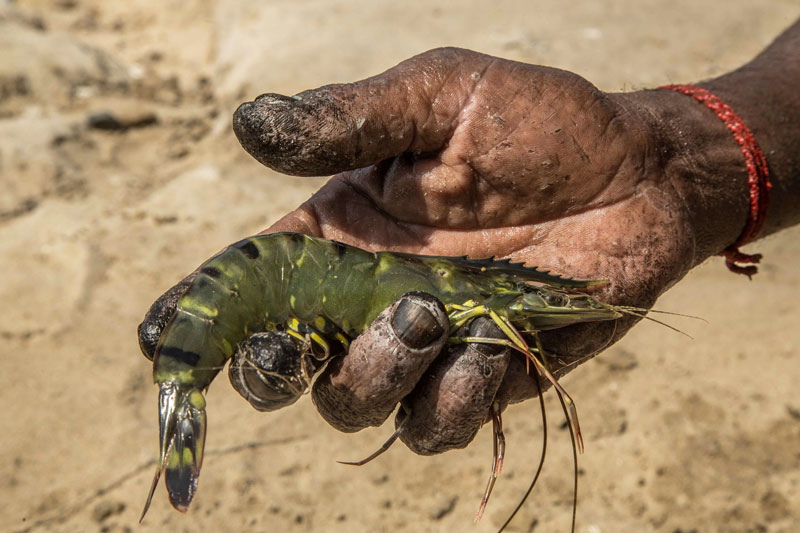
Photograph © M. Palani Kumar

Photograph © M. Palani Kumar
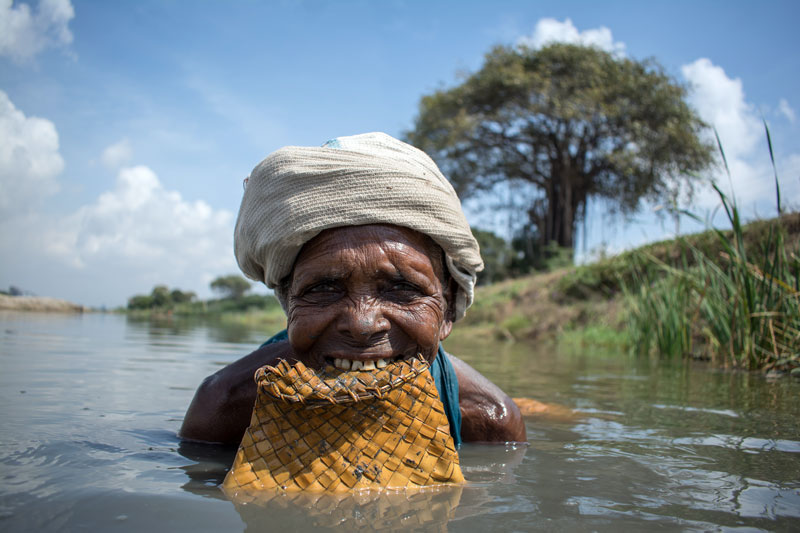
Photograph © M. Palani Kumar
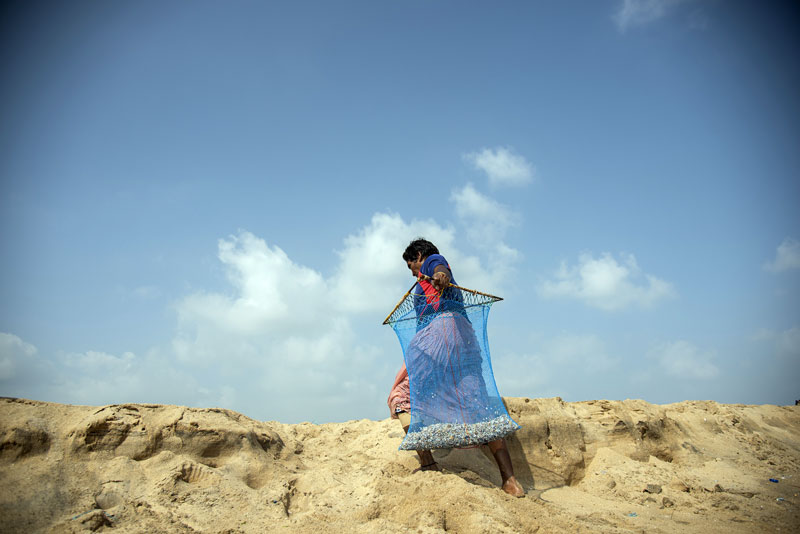
Photograph © M. Palani Kumar

Photograph © M. Palani Kumar
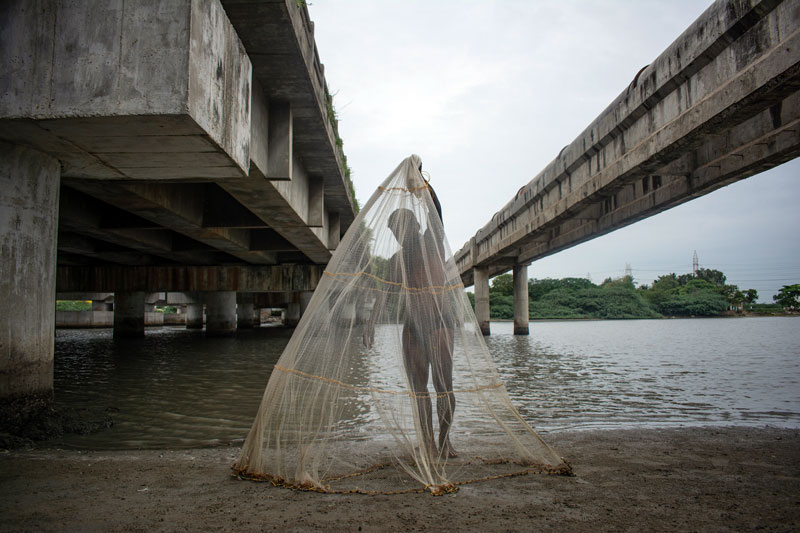
Photograph © M. Palani Kumar
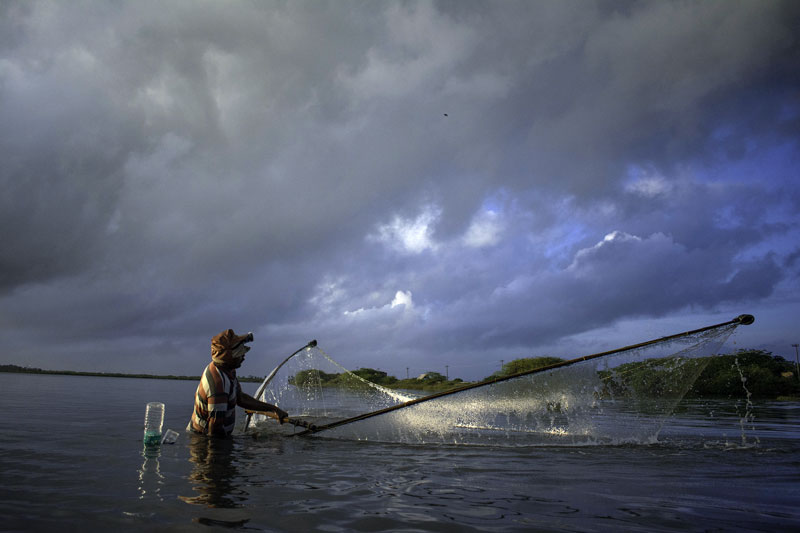
Photograph © M. Palani Kumar
My first visit to Ennore is still fresh in my memory. I was accompanied by persons engaged in land rights in this region, who knew every nook and corner of this place. I was awestruck, and couldn't help feeling that Ennore is so very different from Chennai, though it is an integral part of this city. It has a unique character, that sets it apart from the rest of Chennai. The terrain gives me a new experience every time I visit - from salt-pans to agricultural lands to estuaries, mangroves and barrier islands, it is rich with resources and forms an important balance in the topography.
The three water bodies - Arani River, Kosasthalai River, and the Buckingham Canal travel along Ennore to Puzhaverkadu (Pulicut), making the landscape majestic. The livelihoods of people living here depend on these water bodies. They practice different forms of marine culture - seine fishing (with nets), fishing using catamarans and trawlers, shrimp culturing, and many more. These water bodies are among the most important sources of Chennai’s water supply. Their significance and their impact on our lives hardly are noticed.
The land here too has much to offer. My first visit left such a lasting impression on me that I haven't stopped visiting this place for the past three and a half years. During every visit, I have noticed how changes occurred on the land because of the Thermal Power Plant there. The impact on the environment because of this Plant was blatantly visible. Yet, the relationship of people with their land has remained invincible. I wanted to document this. By documenting the life around the water bodies, the environmental impact around them, and stories of people who live depending on them, I would like to showcase their importance to the world.
The intimate relationship that exists between land and people is hard to explain in words, and I felt that pictures would be the right medium to capture the intricacies. One cannot understand their relationship without the landscape in the picture. Spending time with people there, closely watching their lifestyle, I have tried to capture this bond through my photography. I have used photographs as a medium to express their point of view. I have used different methods. For instance, if they are in the waters, I get down with them and shoot pictures. In this way, I intend to take the viewers to the real world of the people here through my pictures.
Their stories and lifestyle inspire me. Most of the workers there are women. They have spent most part of their lives since birth in that land, and so have their grandchildren. These days, people have started identifying me whenever I visit. Interactions with them are the most important part of my work. A photo exhibition about Ennore is also in the pipeline. Four stories that I documented about Ennore are to be published in People's Archives of Rural India (PARI).
20 November